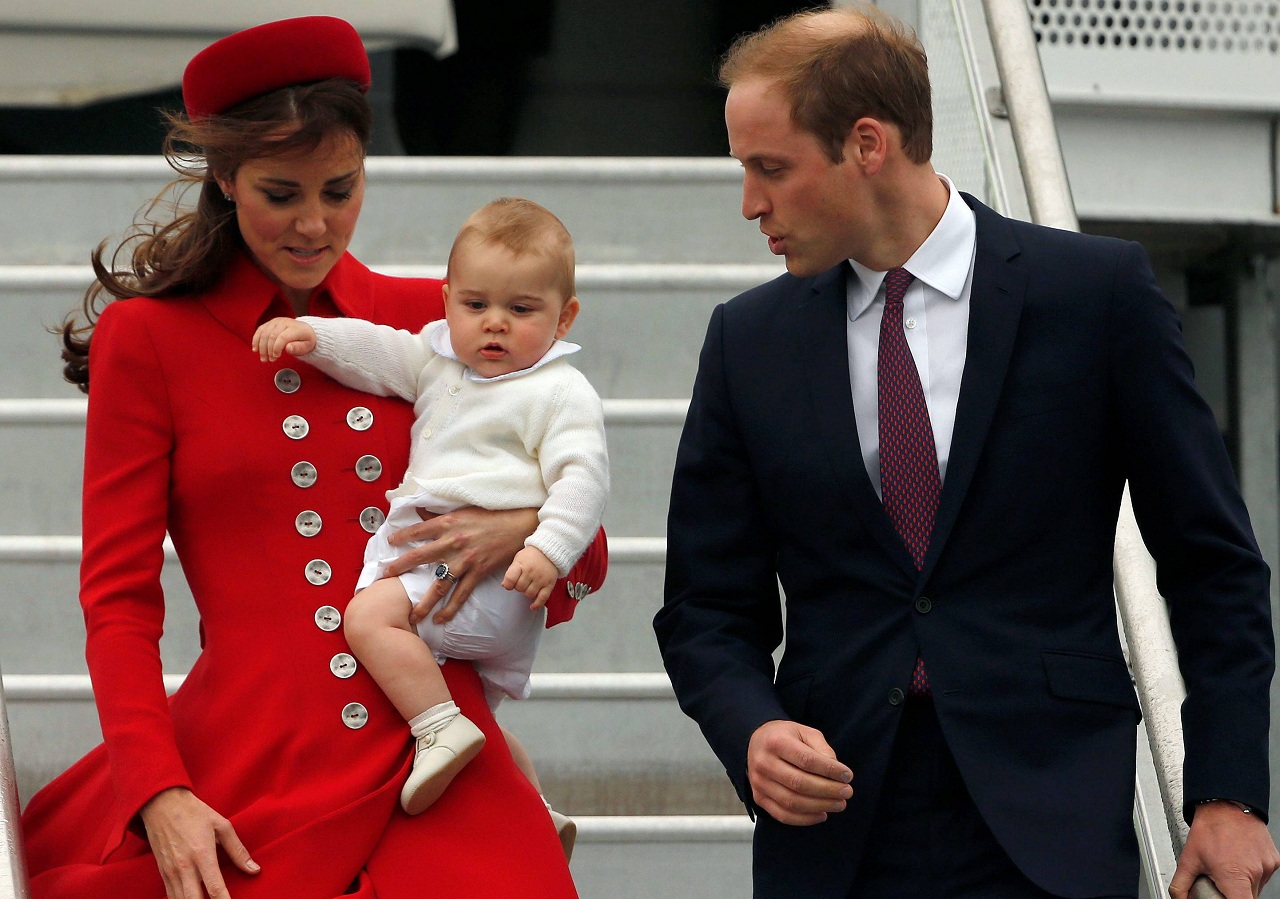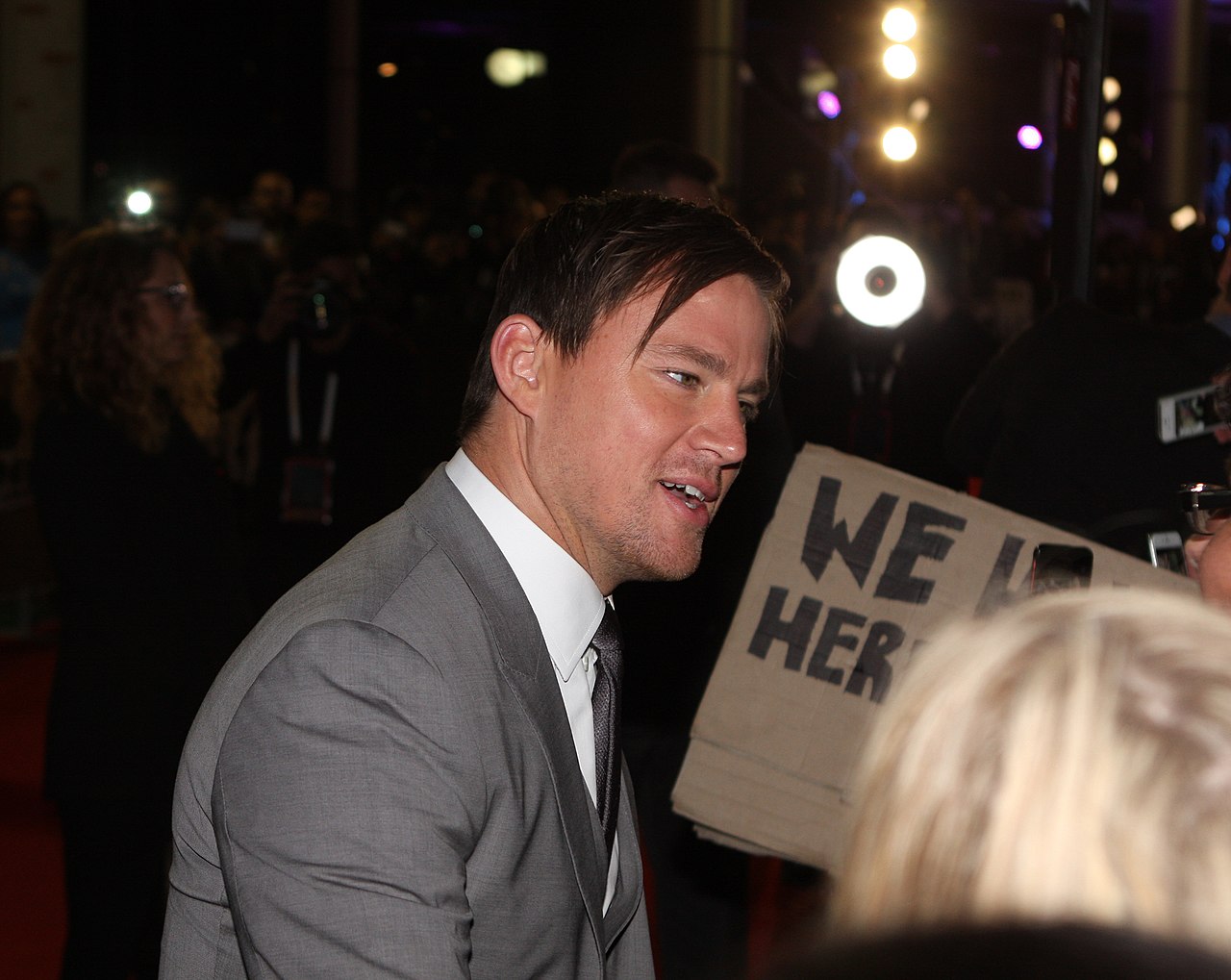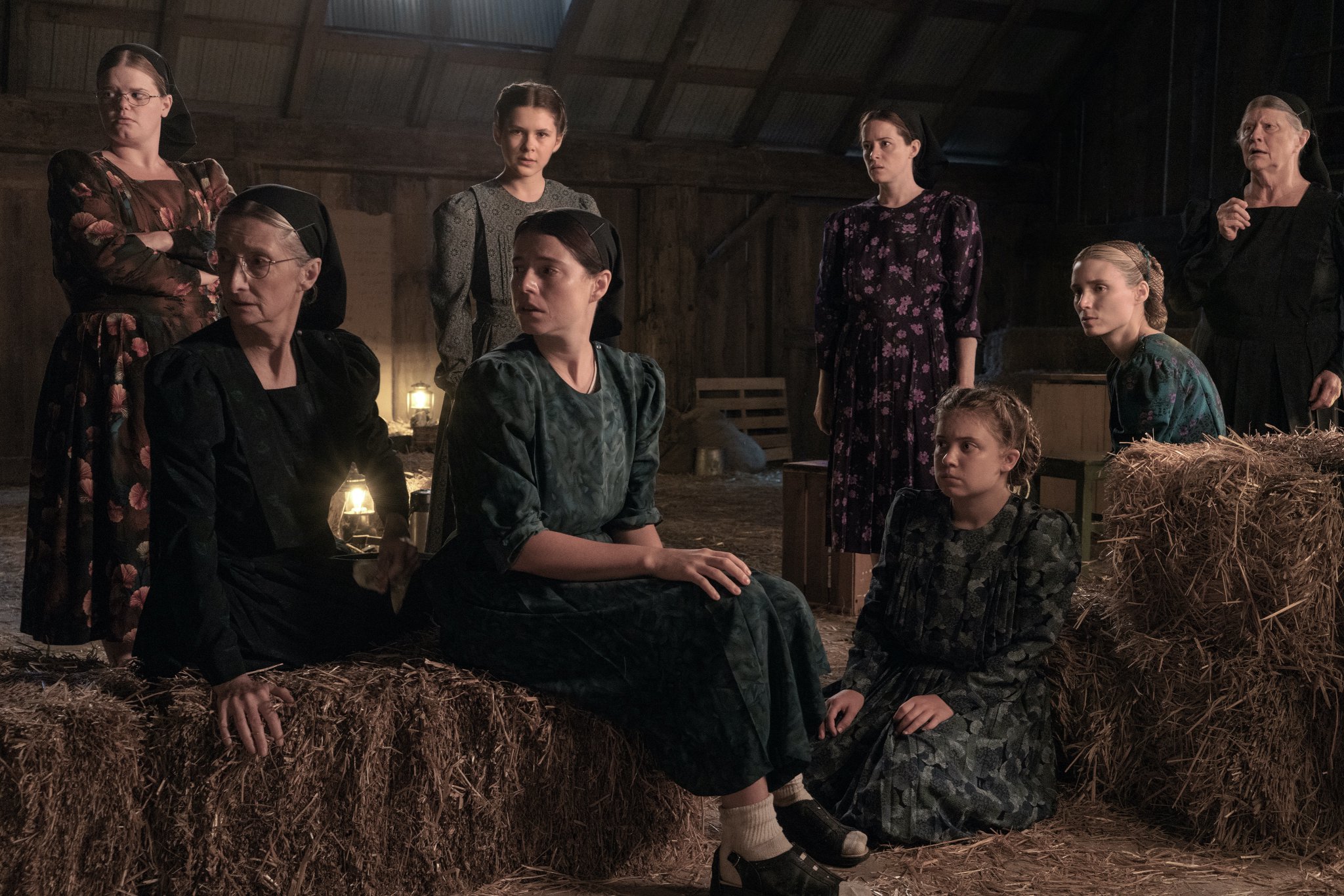The Royal Family undertook a state tour to Australia in 2014. Dr. Peter Handley reflects on whether the Australian society that they visited in 2014, was any more egalitarian than that Queen Elizabeth II visited Australia in 1954.

The visit to Australia by the Duke and Duchess of Cambridge (plus young Prince George) which has just drawn to a close attracted the usual level of attention from the Australian as well as the UK media. The usual stopovers and photo opportunities were included in the three week trip, as they would be for any family visit to Australia; Sydney Opera House, Uluru (Ayers Rock, to give it better known colonial name), and Taronga Zoo. The visit was topped off by the Duke and Duchess’s attendance in Canberra at a commemoration of Anzac Day, April 24th, the day Australia remembers its involvement alongside New Zealand in the ultimately fruitless and bloody Gallipoli campaign in 1915 circumstances which many Australian writers claim confirmed the existence of Australia’s particular brand of egalitarianism, widely referred to as ‘mateship’.
If some reports are to believed the current generation of Windsors have carried off the trip with aplomb and the visit has seen a resurgence in support in Australia for the Monarchy. Australian Monarchist groups are cock-a-hoop: little surprise that Australians for a Constitutional Monarchy’s Facebook page was swimming in Cambridge-mania. The Australian, the country’s only nationally available daily newspaper, announced on April 26th: ‘Republic can wait while we’ve got William and Kate’. But that’s the thing: does the media coverage reflect a genuine resurgence in support among Australians for the Monarchy – I have doubts it does – and if it does reflect a resurgence in support what does this mean for Australia’s famed commitment to egalitarianism and ’mateship’?
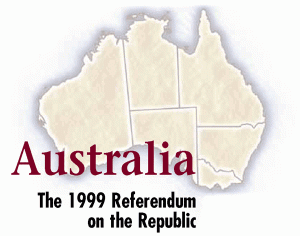
Back in 1999 Australians were asked in a referendum if they would like to retain the Monarchy or whether they would like to amend the constitution to allow for an Australian head of state. Australians turned down the opportunity by 54.87% to 45.13%, a result which supporters of the Monarchy, including the then Prime Minister, John Howard, greeted with joy in the belief that, for once and for all, the referendum result put to bed the idea of a republic. However, things were not that straightforward in 1999 nor are they now despite the images we’ve seen on our television screens over the last three weeks. There was a time when things really were rather more straightforward than they are now. When Queen Elizabeth II visited Australia in 1954 things were more straightforward. A relieved Australia had emerged from World War II. It was a White Australia. Its population made up of overwhelmingly Anglo-Celtic stock. Mainstream culture was saturated in masculinity. Aboriginality was, for the vast majority of Australians, invisible. Australian women knew their place. Although mid-20th century Australians often proclaimed their egalitarianism Australia was anything but egalitarian as many would now understand that term. Most Australians remained deeply loyal, indeed reverential towards the British monarch.
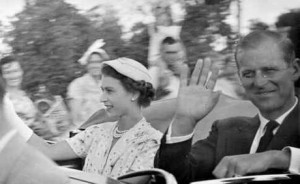
But today is different, right? Well, ‘yes’ and ‘no’. Old school Australian egalitarianism rested upon a white, male-breadwinner model of society: it was an exclusivist form of egalitarianism and constitutional monarchy was not incompatible with it. Nowadays many, perhaps even most Australians consider their country profoundly egalitarian. They point to multiculturalism and the range of anti-discrimination law as supporting evidence, as well as the prominence of some Australian women, Aboriginals, and disabled people. And yet, the gap between the rich and the rest widens and the persistence of Aboriginal socio-economic marginalisation stubbornly remains. Antipathy towards those who choose to come to Australia on grounds perceived as illegitimate is widespread and socially acceptable.
The crowds which greeted the Royal visitors ranged from hundreds to thousands rather than the tens of thousands that greeted William’s grandparents in 1954, but they appeared to reflect the diversity of Australia’s many ethnic minorities. Those carefully selected to meet the couple were youthful and Aboriginal. The meaning of Australian egalitarianism in the form of ’mateship’ has changed; it does not mean now what it did for most of the 20th century, but it has not changed so much that monarchy will be dispensed in the foreseeable future. The argument is that it is a more inclusive ‘mateship’ and that this is compatible with monarchy, as well as women, Aboriginals and so on. However, those who turned up to see the Royal visitors did so not out of loyalty or reverence – they’re long gone, just distant memories – but out of society’s seemingly insatiable fascination with celebrity. William and Kate are young, photogenic, and have the epitome of cute, a young child: they all possess the X Factor. As a unit, this makes them a very marketable commodity. And, that’s the difference: where once they were revered now they are commodities, and loyalty to commodities can be very conditional. Let’s think again about that piece in The Australian: ‘Republic can wait while we’ve got William and Kate’. So, what about if William and Kate weren’t there? What if what faced Australia because of the logic of the hereditary principle was the prospect of some or other royal who lacked the X Factor? In that case, I suspect the egalitarianism of consumerism may well kick-in and Australian consumers may look elsewhere to satisfy their wants. Australian republicans shouldn’t get too excited just yet, though. William and Kate will be will us for a while, I suspect. Demand for them in Australia appears to be pretty healthy just now.
Dr. Peter Handley is a lecturer at the University of East Anglia. He teaches the module Australia: politics, culture, society.
Photo credit: Independent.ie

